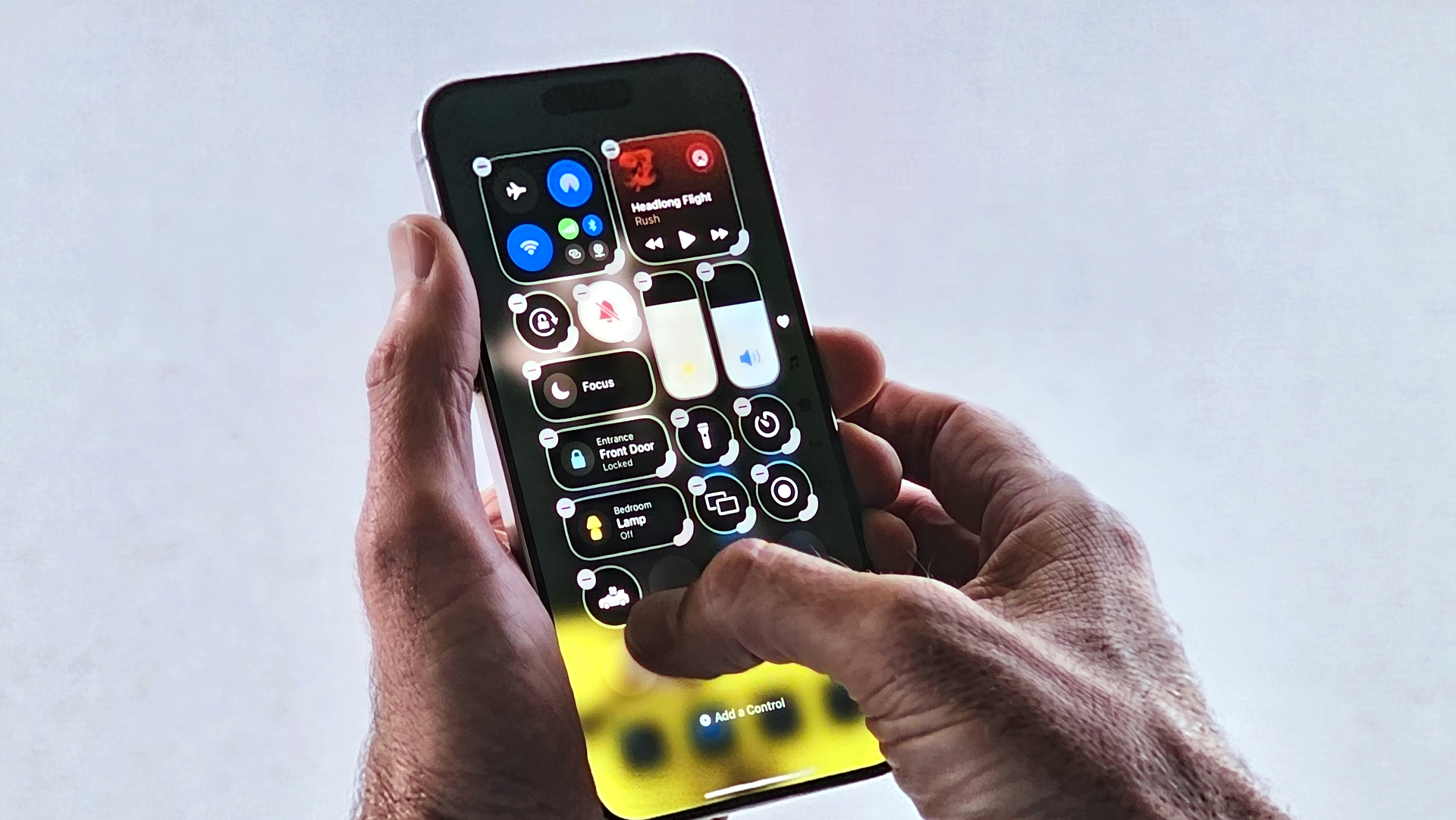Apple has a unique annual tradition that captures the attention of tech enthusiasts worldwide: the iPhone launch event. However, perhaps a close second in terms of significance is Apple’s Worldwide Developers Conference (WWDC). Last year, the unveiling of iOS 18 introduced a slew of new functionalities, including an updated Control Center, a fresh Passwords app, and extensive options for Home Screen customization. Yet alongside these advancements, concerns have grown regarding the stability of iOS, a trend that is increasingly troubling for Apple. After over a decade of using iPhones, I find myself appreciating Apple’s innovations while becoming increasingly wary of ongoing stability issues. An increase in bugs and a complex user experience seem to detract from the original appeal of iOS, ultimately diminishing the competitive edge of the iPhone.
### Anticipating iOS 19 at WWDC 2025
As speculation swirls, Apple is expected to introduce a redesign of iOS 19 at WWDC 2025, raising the possibility of renaming it to iOS 26 to match its release year. It’s imperative that this upcoming software overhaul transcend mere aesthetic modifications; rather, it should prioritize stability and performance enhancements.
### The Evolution of iOS: A Shift in Performance
The revised Photos app introduced in iOS 18 reflects both Apple’s commitment to innovation and the growing issues in system stability. Over the past 18 years, the success of the iPhone stems from Apple’s meticulous integration of hardware and software. While Android counterparts often feature better specifications at a glance, Apple has excelled in optimizing its software for seamless performance. However, recent iterations of iOS have strayed from this philosophy.
The essence of Apple’s founding ethos, famously articulated by Steve Jobs, was that “it just works.” Unfortunately, this sentiment has been compromised by persistent stability issues, particularly with iOS 18. Many of the flagship features rolled out with the latest update have been marred by bugs. Users who transitioned from older iPhones to the new iPhone 16 series have reported interruptions in usability, with many devices experiencing freezes that necessitate restarts or prolonged periods of inactivity. Hundreds of users have echoed these concerns in forums like Reddit, pointing to an alarming trend.
### Persistent Performance Issues
In addition to freezing problems, there have also been reports of significant battery drain on iPhone 16 models. The activation of battery saver has proven detrimental to device performance, further compounding user frustration. Another widely critiqued development is the complete overhaul of the Apple Photos app in iOS 18. While it is unusual for Apple customers to completely dislike an application, the redesigned Photos app has not resonated well with users, particularly when compared to the robust features offered by alternatives like Google Photos. Options exist to configure Apple Photos to resemble its predecessor, yet this merely reflects ongoing software challenges rather than presenting a satisfying solution.
### Disconnection Between Software and Hardware
Apple has traditionally excelled in marrying software capabilities with hardware potential, achieving a harmonious user experience. In recent years, however, a disconnect has emerged between the company’s ambitious hardware advancements and the quality of its software. The debut of Apple Intelligence during WWDC 2024 exemplifies this disparity. Despite the power of the A18 Pro processor featured in the iPhone 16 Pro and Pro Max, some anticipated software features have encountered significant delays, dampening excitement around Apple’s AI innovations.
Despite minor stabilizations with iOS 18 over a year later, the software’s reliability remains a concern. In contrast, hardware innovations like the Action Button and Dynamic Island exemplify successful integrations of software and hardware, illustrating that Apple possesses the capability to provide an improved user experience when efforts are coordinated effectively.
### Lessons from History: A Necessary Rebuild
Apple’s current software challenges are reminiscent of past issues faced by other major competitors, such as Samsung. Notably, the evolution of Samsung’s software from TouchWiz to One UI serves as a cautionary tale for Apple. Initially, TouchWiz struggled to gain favorable reviews, which prompted Samsung to reevaluate its approach to user interface design.
iOS began just two years after both platforms’ inception, and evolution is inevitable as user expectations transform over time. Similar to Microsoft’s struggles with Windows, an accumulation of features without cohesive integration can lead to suboptimal user experiences.
Apple, like Samsung did in 2018, may need to consider an extensive rebuild of iOS. One UI underwent significant development to shed outdated elements and focus on features relevant to contemporary smartphone use, adapting to new device formats such as the Galaxy Z Fold.
For Apple to cater to future technologies, including the anticipated iPhone Fold, a comprehensive redesign of iOS is essential rather than merely updating the existing framework. Past initiatives, such as the Vision Pro and its accompanying Vision OS, show that Apple can deliver an exceptional integrated experience; it is crucial that the same approach is applied to iOS for the iPhone.




